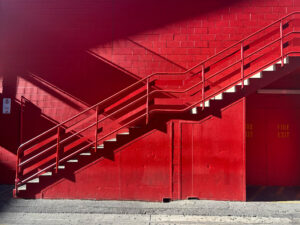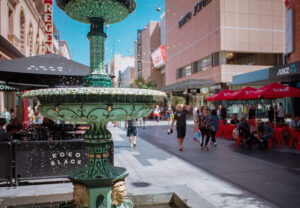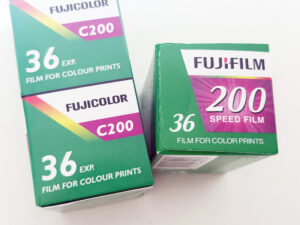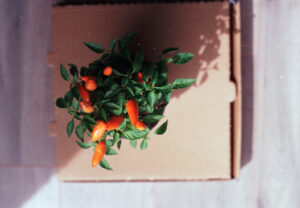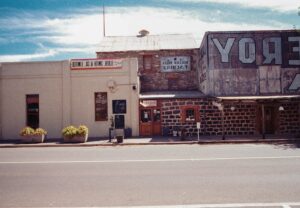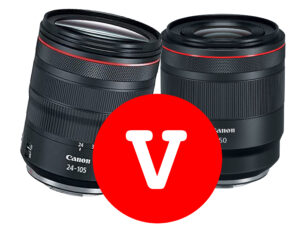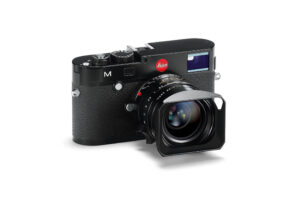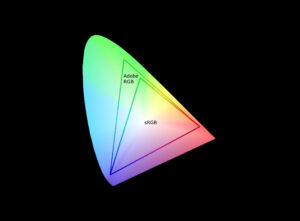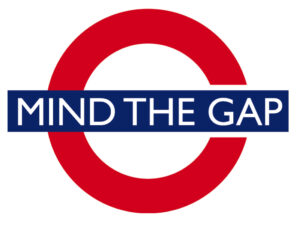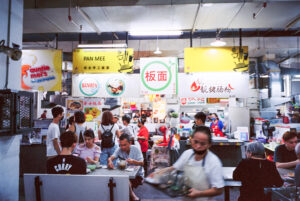n the world of grocery shelves, great packaging isn’t just about looking pretty—it’s about grabbing attention, communicating value, and standing out in a sea of competitors. Wildly Good, a challenger brand known for its wholefoods-based burgers and plant-based offerings, recently nailed the balance between aesthetics and functionality in its packaging redesign.
Here’s how Wildly Good ensured its packaging could keep pace with its growing range of products while staying true to its brand identity.
Why Wildly Good Needed a Redesign
Wildly Good has carved out a unique niche in the plant-based food market by focusing on wholefoods-based burgers, rather than heavily processed “fake meat” products. However, as they expanded into new formats like veggie strips and tofu tots, their existing packaging struggled to communicate the diversity of their growing range.
Enter the redesign: a thoughtful overhaul that prioritizes functionality, shelf appeal, and shopper clarity while maintaining the brand’s ethos.
What Wildly Good Got Right with Its New Packaging
Taste-First Visuals
One of the standout features of Wildly Good’s redesign is its emphasis on appetite appeal.
The old packaging often showcased flat lays of raw ingredients like cauliflower or lentils—healthy, yes, but not exactly mouthwatering. The new design takes a “taste-first” approach, featuring hero shots of juicy, delicious-looking meals made with their products, like burgers or wraps.
This shift makes the products instantly more enticing and relatable for shoppers. After all, who doesn’t want their dinner to look as good as it tastes?
Clear Range Navigation
When brands expand into new product lines, one of the biggest challenges is helping shoppers quickly understand what’s available. Wildly Good solved this by:
- Reducing the logo size to make room for clearer product information.
- Highlighting format types (e.g., “veggie strips” or “tofu tots”) in bold, prominent text.
This clarity allows shoppers to identify the right product at a glance, making the grocery shopping experience seamless—essential for standing out in a crowded aisle.
Bold Health Claims
Health-conscious consumers want quick answers to questions like, “Is this good for me?” Wildly Good’s new packaging breaks down key health claims into bold, bite-sized callouts (e.g., “High in Protein,” “No Artificial Ingredients”).
By isolating each claim into its own visual element, the packaging becomes highly scannable. Shoppers can quickly see what makes Wildly Good a smart choice without having to dig through dense text or fine print.
Functionality vs. Aesthetics: A Delicate Balance
While the old Wildly Good packaging may have been more “aesthetically appealing,” the redesign makes it clear that functionality trumps aesthetics in the grocery environment.
Here’s why:
- Shelf Clarity Matters: Grocery shoppers are often in a hurry. The new design ensures Wildly Good products are easy to spot and understand within seconds.
- Category Growth Requires Flexibility: As Wildly Good expands its range, the packaging needs to accommodate new formats without confusing the consumer.
- Appetite Appeal Drives Sales: Highlighting the end result—a delicious meal—creates an emotional connection that raw ingredients simply can’t achieve.
What Challenger Brands Can Learn from Wildly Good
As your brand evolves, your packaging must grow with it. Wildly Good’s redesign is a masterclass in balancing functionality and aesthetics, showing us how to:
- Prioritize appetite appeal with visuals that connect with consumers on an emotional level.
- Simplify product navigation to make shopping intuitive and enjoyable.
- Highlight health benefits in ways that are clear, concise, and actionable.
While aesthetics are important, packaging’s ultimate goal is to sell the product. Wildly Good proves that functional, shopper-friendly design is the key to standing out—and staying relevant—in a competitive market.
So, what’s your take? Does functionality win out over aesthetics in grocery packaging, or is there a way to have the best of both worlds? Let us know in the comments!




